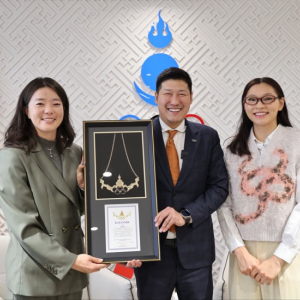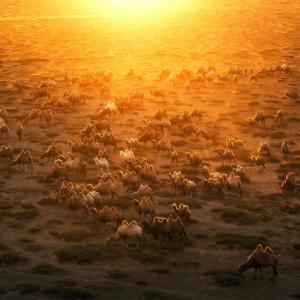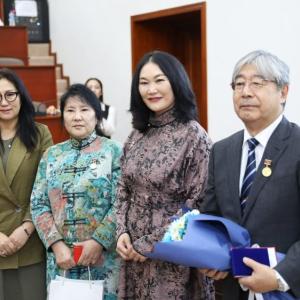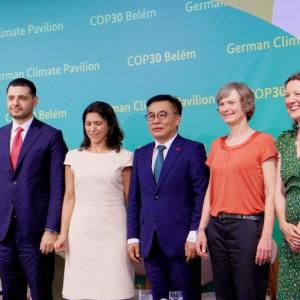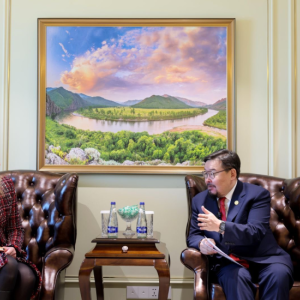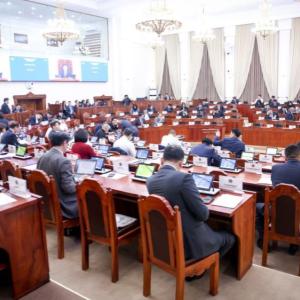Pasture Photo-Monitoring Conducted at 5,300 Points Nationwide
Society
Ulaanbaatar, April 2, 2025 /MONTSAME/. The Agency for Land Administration and Management, Geodesy, and Cartography of Mongolia, in collaboration with the Promoting Dryland Sustainable Landscapes and Biodiversity Conservation in the Eastern Steppe of Mongolia Project, organized a discussion on “Ensuring the Sustainable Operation of the National Rangeland Monitoring Network” on April 1, 2025.
The discussion aims at improving the operation of the National Rangeland Monitoring Network in Mongolia, determining the current status and future development of the rangeland monitoring system, expanding cooperation between relevant organizations, developing scientifically based policies on the reduction of rangeland degradation, and improving interdisciplinary and local participation.
At the end of the discussion, suggestions and recommendations to relevant organizations in four main areas will be submitted. Specifically, improving the legal environment for pasture protection, improvement, and restoration, enhancing pasture photo-monitoring activities, the current use of a unified land monitoring database and electronic system, further upgrading it with modern techniques and technologies, updating methodologies, and improving inter-sectoral coordination.
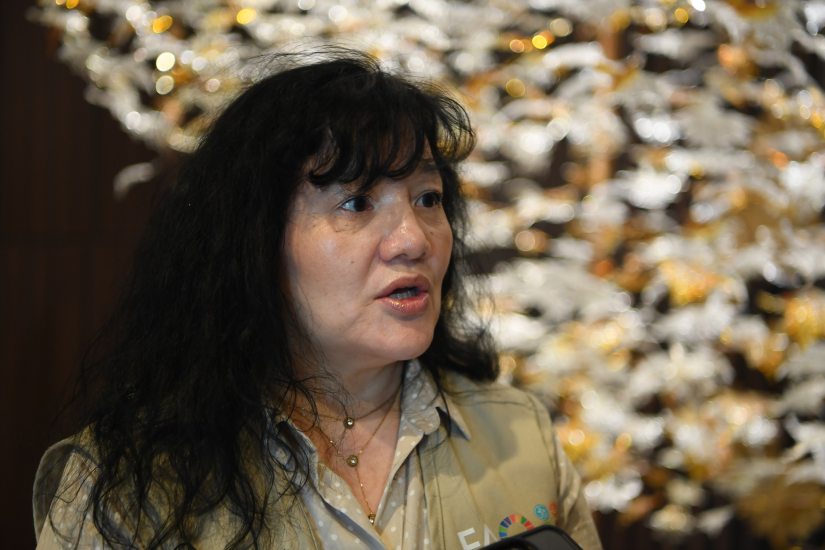 Project Manager Erdenejargal Tumurbaatar noted, “Under the Promoting Dryland Sustainable Landscapes and Biodiversity Conservation in The Eastern Steppe of Mongolia Project, aimag and soum land management plans have been developed taking account of climate change, land degradation, and biodiversity. The Mongolian vast steppe and grasslands with high carrying capacity for livestock have been deteriorating in recent years due to climate change and human impact. To reduce this, practical actions, including rotational grazing, have been taken, and the photo-monitoring system for pasture has been developed. Photo-monitoring is being conducted at 5,300 points nationwide.”
Project Manager Erdenejargal Tumurbaatar noted, “Under the Promoting Dryland Sustainable Landscapes and Biodiversity Conservation in The Eastern Steppe of Mongolia Project, aimag and soum land management plans have been developed taking account of climate change, land degradation, and biodiversity. The Mongolian vast steppe and grasslands with high carrying capacity for livestock have been deteriorating in recent years due to climate change and human impact. To reduce this, practical actions, including rotational grazing, have been taken, and the photo-monitoring system for pasture has been developed. Photo-monitoring is being conducted at 5,300 points nationwide.”
More than 70 representatives from 28 organizations, including the Ministry of Environment and Climate Change, the Ministry of Food, Agriculture, and Light Industry, the National Agency for Meteorology and Environmental Monitoring, the National Statistics Committee, and the Information and Research Institute of Meteorology, Hydrology and Environment, participated in the discussion.
 Ulaanbaatar
Ulaanbaatar








